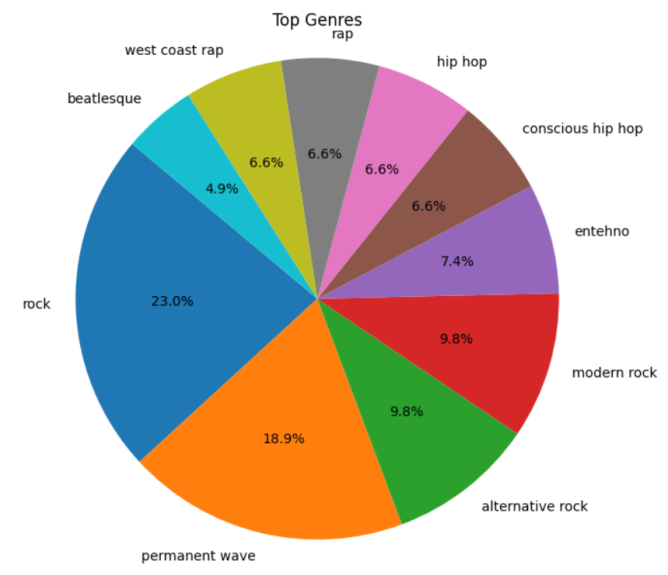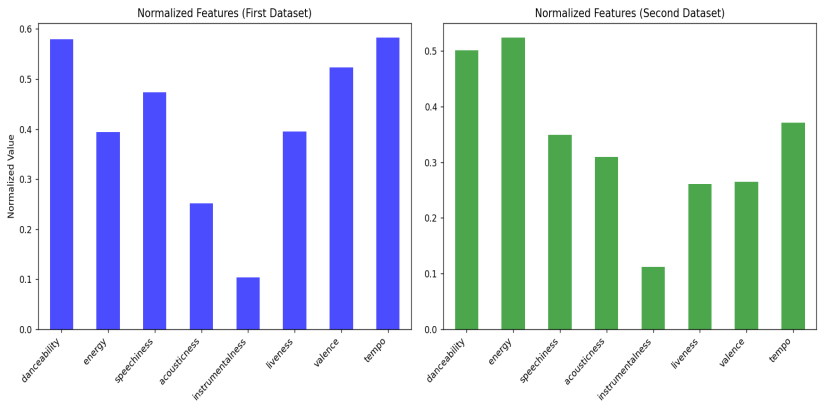Most of us have a soundtrack to our lives, stitched together by Spotify’s endless playlists and recommendations. But how often do we stop to ask: what does my music say about me? Not just emotionally, but statistically—what patterns hide behind our most-played tracks and favorite artists?
That was the starting point for Despoina Kioulachoglou and Konstantinos Methenitis in their project Exploratory Analysis of Songs from Popular Databases (Kioulachoglou & Methenitis, 2025). Their idea was to build a web-based application that transforms raw listening history from Spotify into a mirror of your musical self: clean charts, personalized stats, and even insights into how your tastes shift over time.
The system connects directly to the Spotify API. Once logged in, users can see which artists, tracks, and genres dominate their listening habits—across one month, six months, or a year. The data is then brought to life through visualizations: radar charts to reveal the acoustic features of top tracks (danceability, energy, acousticness, etc.), bar graphs ranking favorite artists by listening minutes, and pie charts showing how genres stack up in percentage terms.

Figure 1: Example of user’s top tracks visualized with radar chart

Figure 2: Example of top genres in a pie chart
But this project wasn’t just about polished dashboards. Despoina and Konstantinos also ran their own experiments—comparing their listening patterns side by side. One leaned toward danceable, upbeat songs with fewer organic elements; the other, though equally energetic, leaned toward more acoustic, instrumental textures. The comparison felt almost like a personality test rendered in playlists.
 Figure 3: Comparison of two users’ listening features with bar graphs
Figure 3: Comparison of two users’ listening features with bar graphs
Beyond the novelty of seeing your habits quantified, the project hints at bigger applications. Imagine extending the tool to multiple platforms—not just Spotify—and combining listening data with social media influences, moods, or even contextual triggers like time of day. The team envisions a future where such systems could evolve into machine learning engines that not only summarize your past listening but also anticipate what you’ll want to hear next.
For now, the application already offers something valuable: a way to step back from the endless scroll of songs and see your musical life laid out clearly, almost like an x-ray of taste.
As part of the research activities at PULSAR Radio and under the supervision of Assoc. Prof. Athanasios Koutras, this project shows how data science and sound analysis can merge with everyday tools like Spotify to create something personal, insightful, and fun.
Reference: Despoina Kioulachoglou & Konstantinos Methenitis, “Exploratory Analysis of Songs from Popular Databases,” Department of Electrical & Computer Engineering, University of Peloponnese, 2025.


